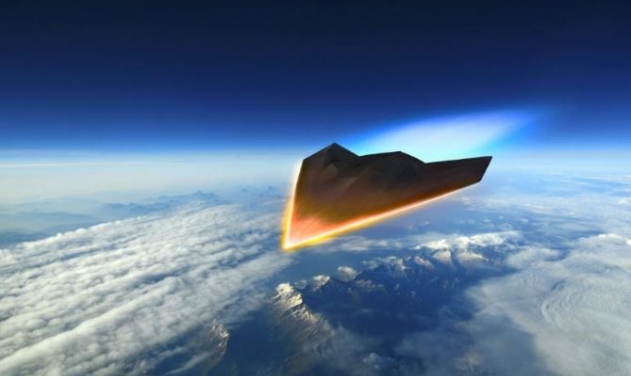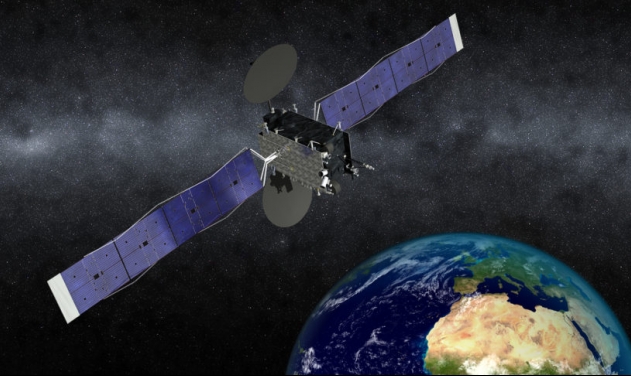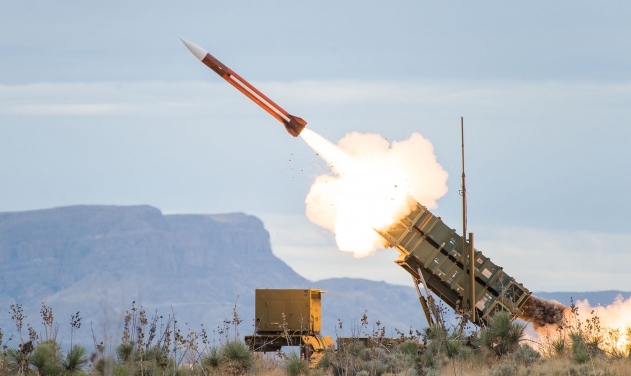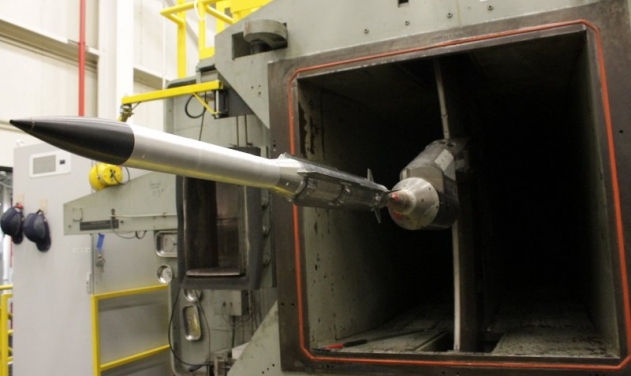Raytheon, DARPA Hypersonic Weapon Moves Closer to Development

Raytheon and DARPA have completed baseline design review for the Tactical Boost Glide hypersonic weapons program, inching closer to the development of the weapon, the company announced Monday.
"We understand the urgency of the need and are working fast to deliver this advanced technology to our nation's military," said Dr. Thomas Bussing, Raytheon Advanced Missile Systems vice president.
Hypersonic vehicles operate at high altitude and at speeds up to five times the speed of sound. A boost glide weapon uses a rocket to accelerate its payload and achieve hypersonic speeds, before the payload separates from the rocket and glides to its target, according to Raytheon. The US military will use hypersonic weapons to engage from longer ranges with shorter response times and with greater effectiveness than current weapon systems.
Earlier this year, Raytheon received a $63 million DARPA contract to further develop the Tactical Boost Glide program, a joint effort between the agency and the US Air Force.
The Pentagon's budget request for Fiscal Year 2020 for all hypersonic-related research is $2.6 billion, including $157.4 million for hypersonic defense programs, according to a 26-page report by the Congressional Research service, sent to Congress on July 11.












